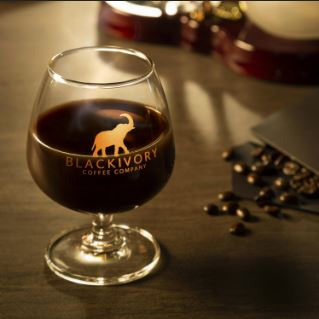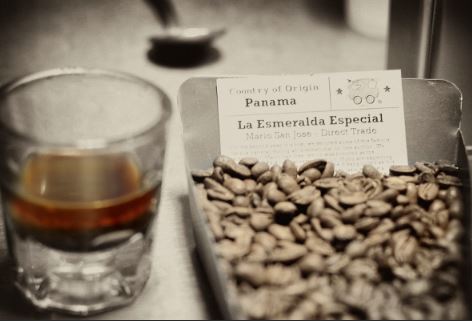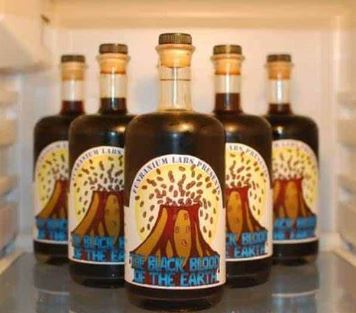1. KopiLuwak
A distinctive and contentious coffee, KopiLuwak is made from beans that civet cats eat and excrete. The civet’s digestive system ferments the beans, changing their flavor. Despite being highly praised for its unique flavor, the production of KopiLuwak raises ethical questions because some processes involve forcing and confining civets. This has resulted in deceptive practices and problems with animal welfare. Notwithstanding its high price and widespread appeal, prospective buyers are urged to think about the moral ramifications of its production and look into more sustainable, alternative coffee options. While some appreciate its smooth flavor, the ethical concerns regarding civet farming and the impact on wild civet populations raise questions about its importance. Some argue it’s a delicacy, while others emphasize the need for ethical and sustainable practices in its production.

2. Black Ivory Coffee
Thailand produces a unique and uncommon coffee known as black ivory. Like kopi luwak, it goes through a special processing procedure. Elephants consume Arabica coffee beans, and during digestion, enzymes break down proteins that contribute to the bitter flavor of coffee. After being extracted from the elephants’ excrement, the beans are carefully cleaned and then roasted. It is thought that this process gives the coffee a unique, smooth flavor with undertones of chocolate, malt, and spice. Black Ivory Coffee is produced in collaboration with regional communities and places a strong emphasis on the humane treatment of elephants. Even though it’s still a luxury product, its unique and environmentally friendly method of producing coffee has drawn notice.

3. Hacienda La Esmeralda
Boquete, Panama’s Hacienda La Esmeralda is a well-known coffee estate that produces Esmeralda Geisha, one of the most expensive and sought-after coffees in the world. Originating in Ethiopia, the Geisha varietal does well in Boquete’s high altitude environment. Esmeralda Geisha coffee is highly regarded for its remarkable and nuanced flavor profile, which frequently combines fruity and floral undertones, jasmine-like scents, and a tea-like body. Hacienda La Esmeralda’s careful processing and limited supply of coffee add to its high market value. Esmeralda Geisha auctions draw global coffee enthusiasts, emphasizing the estate’s dedication to excellence and its noteworthy impact on the specialty coffee sector.

4. St. Helena Coffee
St. Helena coffee, also known as Saint Helena coffee, is produced on the remote island of St. Helena in the South Atlantic Ocean. The coffee industry on the island dates back to the 18th century, and the unique climate and volcanic soil contribute to the distinctive flavor of St. Helena coffee. Typically grown at elevations between 300 and 700 meters, St. Helena coffee is known for its smooth and mild profile with hints of citrus and floral notes. The island’s isolation and limited production contribute to the exclusivity and desirability of St. Helena coffee. It is considered a rare and specialty coffee, attracting attention from coffee enthusiasts who appreciate its unique origin and flavor characteristics.

5. Black Blood of the Earth
A coffee concentrate called “Black Blood of the Earth” (BBotE) was developed by Funranium Labs, specifically by Phil Broughton, the company’s founder. The coffee’s strong, concentrated flavor is reflected in its name. In order to extract a highly concentrated liquid, the coffee is brewed under low pressure using a technique called cold vacuum extraction. After that, this concentrate is diluted to the appropriate strength for consumption. The process is renowned for yielding coffee with a distinct and complex flavor profile. BBotE became well-known for its convenience and potency, enabling users to personalize the strength of their coffee. It’s now a niche product valued by people who like experimenting with different coffee flavors and extraction techniques, and it’s frequently sold in small quantities.


